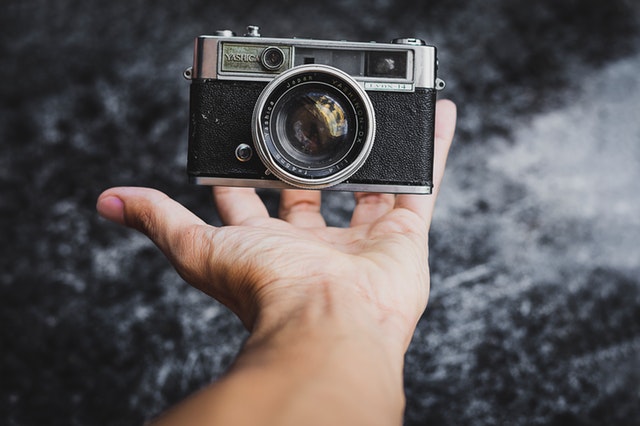How to do image optimization
Image SEO is often an afterthought in the world of SEO. There is so much focus on off-page ranking factors like backlinks and on-page factors like content quality and keywords that images often get left as an afterthought. But image SEO is still incredibly important in today’s SEO world. There is a huge amount of value that you can gain by spending a small amount of time optimizing your images.
In fact, Google considers it so important that it provides information in optimizing images on their website. It can still be hard to get started with image optimization, however, which is why we have broken things down into easy steps below.
Make sure all of your images are relevant
Images are often the first thing that you look at when you land on a web page. It is the quickest way to make an emotional connection with your readers, which is why having relevant and eye-catching images is so important. When you have relevant and high-quality images, your readers are much more likely to carry on reading. In most cases, you can achieve this by using stock images. It’s even better if you can create your own images, however. This will be absolutely necessary in some cases, such as where you sell your own product.
Make sure your images are high quality
It is so important to have high-quality images on your website. Having low resolution and blurry images is a big no-no. It’s even more important now that more and more people are using mobile devices to access content. Low res or badly sized images look terrible on smartphones and will stop some users from browsing your site.
In the vast majority of cases, you should be using JPEG files. PNGs can also be a good option.
Make sure your images are as small as possible
The smaller the file size of your images, the quicker they will load. Note, that does not mean you should have low-resolution images. But you should try to shrink the file size of your high-resolution images as much as possible.
Mobiles can’t load large image files quickly and this can have a negative impact on how users browse your website on a smartphone. If images don’t load and this impacts user experience, readers will simply leave the website. This can tank your Google ranking. But by shrinking your images while keeping quality, you can ensure that images load quickly and look great on mobile.
Add alt tags to every image
All of the images on your site need to have descriptive and keyword-rich alt tags. This will tell Google what your images are about so that it can rank your pages accordingly. Be careful of stuffing your alt tags, with keywords, however. This can have a negative impact just as it does in your content.
Make sure all images have descriptive titles
On top of alt tags, you need to make sure that all images have descriptive titles. Google can crawl titles just like it does alt tags to understand what your images are about and how they relate to your page’s content.

